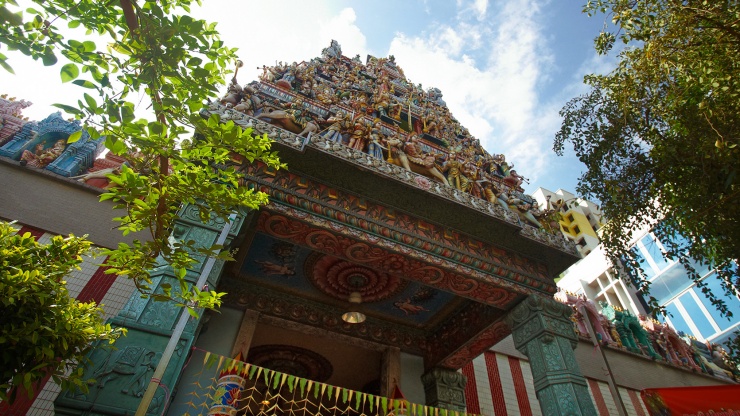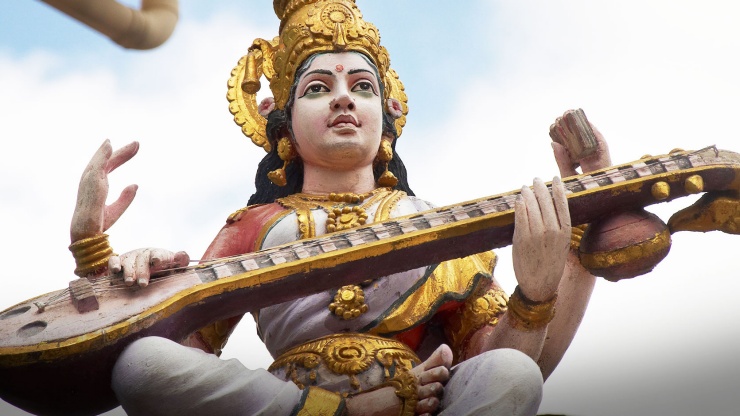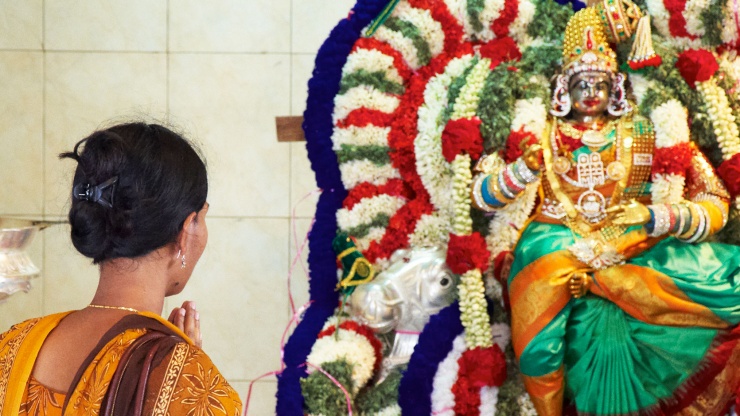Sri Veeramakaliamman Temple is one of Singapore’s oldest Hindu temples, in the heart of Little India.
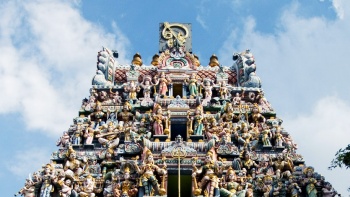
Photo by Moody Man
Step into one of Singapore’s oldest Hindu temples, the Sri Veeramakaliamman Temple, dedicated to the goddess and destroyer of evil, Sri Veeramakaliamman or Kali.
This distinctive landmark in the heart of Little India has fascinating stories to tell of colonial Singapore.
Early pioneers
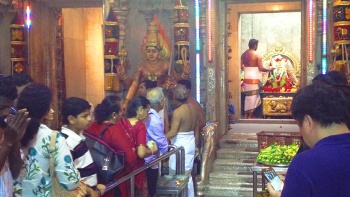
Photo by Jacob Johan
From its earliest days, it was linked with early migrant workers from India, who would have worshipped the goddess to feel safe in a new foreign land.
One of its first names was Soonambu Kambam Kovil, or the “temple at the lime village” in Tamil. Many Indians who prayed at the temple worked in lime kilns in the area.
During the Japanese air raids in World War II, many people sought physical refuge at the temple as well as prayed for Kali’s protection. As luck—or fate—would have it, the temple and all its statues escaped the bombings unscathed.
A spectacular experience
In the 1980s, major reconstruction work took place, with a gopuram (front tower) added as well as eight main domes and several minor ones. The annexe building was also built at the back of the temple.
It was again renovated in 1999, with the temple’s consecration ceremony taking place in 2000.
In June 2014, the temple had another consecration ceremony which marked the culmination of the major restoration works, as well as the construction of a new six-storey building with various new facilities including a wedding hall, multipurpose hall and staff quarters.
With its colourful and intricate statues and detailing, the temple remains one of the most spectacular places of worship in Singapore.
